If you’re following the Tour de France or happened to tune in Saturday, you may have seen Chris Froome’s descending style. It is known as the super-tuck where you sit on the top tube to get the least amount of aerodynamic drag. Froome also takes it to another level where he pedals while in this position. This gives a little bit of extra forward propulsion while still staying aero. But should you descend like Chris Froome?
The Details of the Super-Tuck
The normal tuck down a descent on a road bike is to place your hands in the drops, slide your butt back a little, and lower your chest down toward your handlebars. This position gives you an aerodynamic position while being able to corner, brake, and handle your bike as needed. Taking this position one step further brings your hands from the drops to just next to the stem on the tops. This position brings your arms in giving you a bit more of an aerodynamic advantage. Taking the tuck one step further brings you to the super-tuck. There are two ways to do this. The first is how Chris Froome does it which is by sitting on the top tube and putting your hands in the drops. This gives you a bit more stability and ability to brake should you need to quickly. The second, and more dangerous way, is to sit on the top tube and place your hands next to the stem. This is the fastest way to go down a descent but also the most dangerous.
What Speeds Can the Super-Tuck Take You To?
The speed you can hit on a descent largely depends upon the road and whether it’s twisty, rough pavement, or windy. Each more aerodynamic position will up your speed by a few miles per hour. Froome was probably touching speeds of close to 60 mph but not more since he was still able to pedal a little without being completely spun out.
When To Use The Super-Tuck
The super-tuck is ideal when there is a long, straight, as well as smooth section of road. If there are any turns or bumps in the road, descending in this style is a sure way to crash and at these speeds is definitely something you do not want to even come close to doing. Additionally, even if all the conditions above are met, you should only use the position if you have a really good reason for going fast. Something like getting Yellow in the Tour de France, or maybe a big local race if you are confident in your abilities.
Should You Descend Like Chris Froome?
The short answer is no. 99 out of 100 times you should never descend like Chris Froome. The position is incredibly unstable because it places so much weight on the front wheel. If you want to test it out just to see what it feels like, find an open, smooth, traffic-free section of road that is not very steep so you are going slow and gently slide your butt forward from your seat to the top tube. Make sure you have a good grip on the bars in the drops. Be careful though when you go back to the saddle as you will have to slide your butt slightly forward to not catch it on the nose of the saddle. You’ll see how this happens very easily. Now that you know how it feels, never do it unless you are in a position where it is well worth it. Getting a Strava segment, a new top speed, or out-doing your buddies are not reasons that are worth it. Stay safe, and have fun descending in the drops.

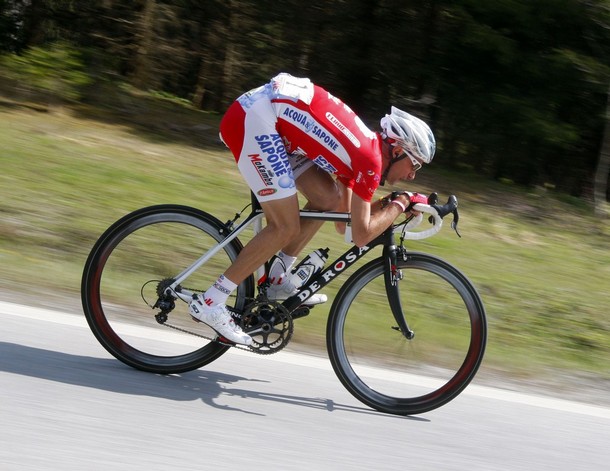
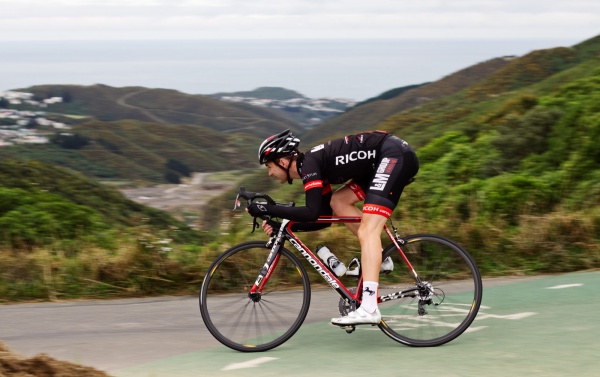
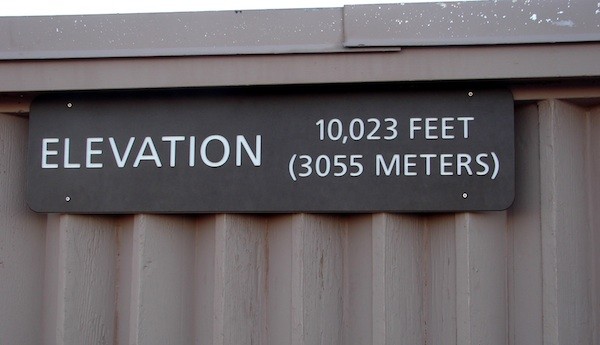

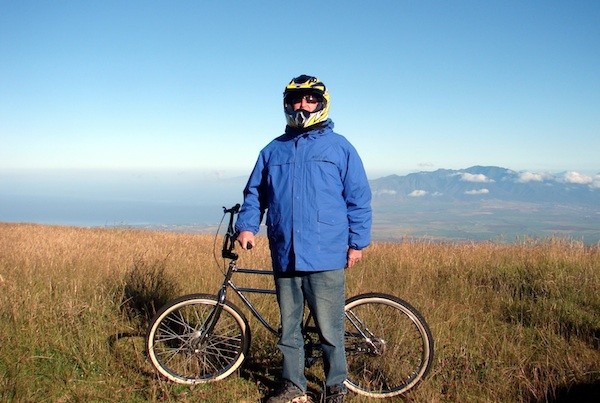

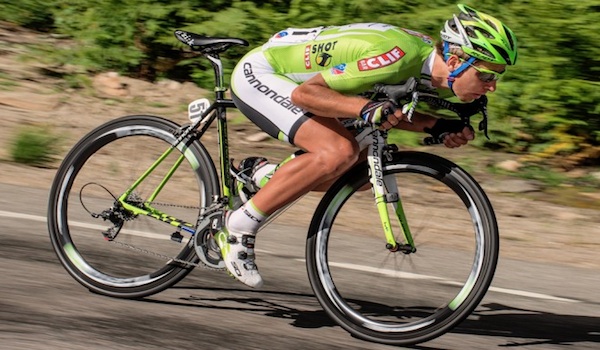 Descending is a mysterious art form, which, if mastered can shave minutes off your times. Some riders seem to possess an innate ability to drop like a stone from the side of huge mountains without any trace of fear – others are not so blessed. Recent summit finishes in the Vuelta España have shown that, even for the best climbers,
Descending is a mysterious art form, which, if mastered can shave minutes off your times. Some riders seem to possess an innate ability to drop like a stone from the side of huge mountains without any trace of fear – others are not so blessed. Recent summit finishes in the Vuelta España have shown that, even for the best climbers,